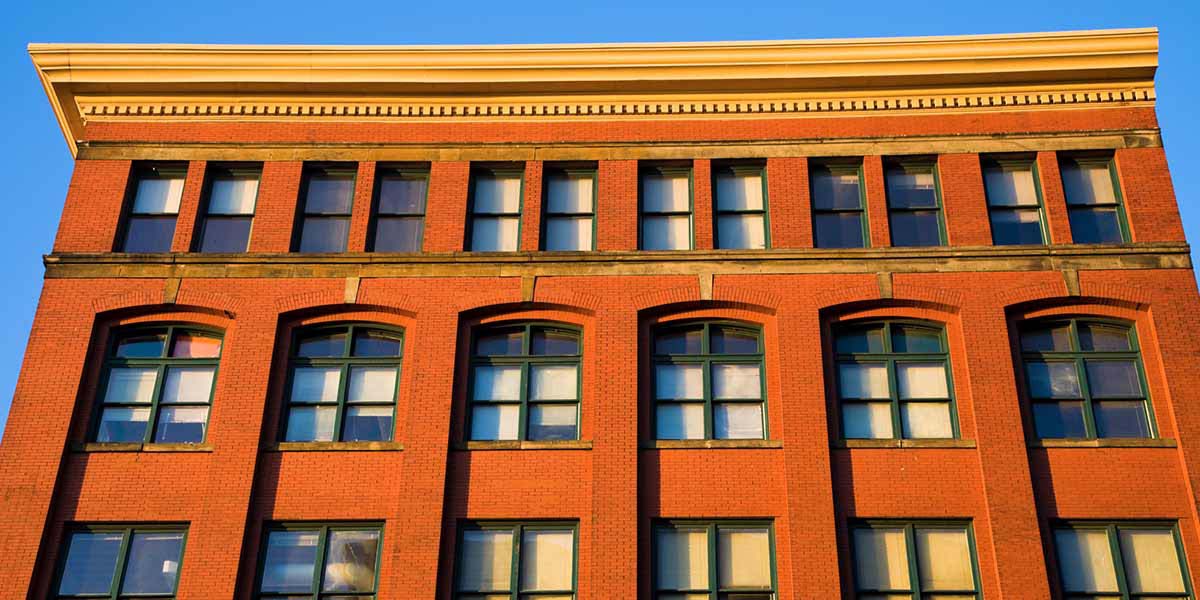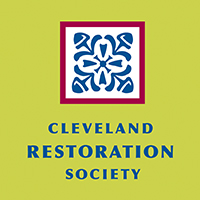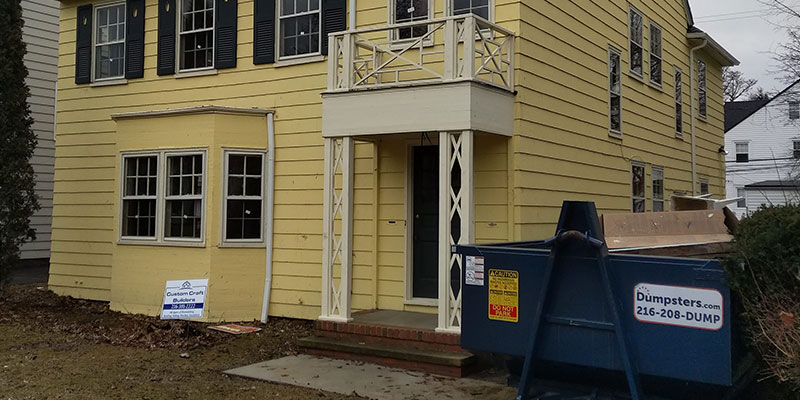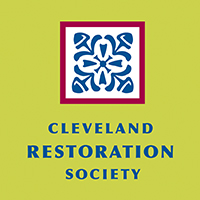
“Historic buildings are a tangible link to our past. They tell a story that anyone can experience by driving by or going inside,” said Margaret Lann with the Cleveland Restoration Society. “These structures keep community memories alive.”
Restoring historic buildings maintains the original aesthetic and provides us with an educational tool for the history, art, architecture and engineering of the time period when the building was originally constructed.
If there’s one thing to remember when preserving important and long-standing buildings, it’s to maintain their character. If you tamper with them too much, their charm and value will diminish.
The first clue that a building has historic value is its age, but that doesn’t mean all old properties should be protected. The importance an aging structure holds can be found in the meaning the building brings to our lives or the history it marks.
For a building to be considered historic, it must:
Once the building has met the initial requirements of “old” and “historical,” here are some additional reasons it may be important to restore:
So, if a building meets all these requirements, how would you know you’re restoring a structure built by Frank Lloyd Wright or that holds some other historical importance?
Notable communities are usually marked with signage indicating they are a historic district. To get more technical, Lann said a historic building will usually be designated in the real estate agreement when the property is transferred to you.
Many municipalities will also note this on the Point of Sale Inspection documents that accompany a property transfer, but she said this is not always the case. If a building or district has been newly proposed as historic, local officials are required to notify all property owners within that building or district.
Once you’ve established that the building you’re renovating has historical significance, you need to make sure you repair it the right way. Ask yourself:
Because of its historical value, there are certain guidelines that need to be followed to fix it. Use our guidelines for rehabilitating a historic building to help you restore it the right way.

*Image courtesy of Cleveland Restoration Society
Choosing the correct way to fix the property depends on its significance, current condition and purpose. Here are four different treatments that can be applied to bring the building back to its glory:
Pro-Tip: Because restoring historic buildings is important to communities throughout the country, you may be able to apply for a grant, especially if you are a not-for-profit organization seeking financial help for your project.

*Image courtesy of Cleveland Restoration Society
Once you’ve figured out the best way to fix the building, a contractor will need to present the proposed work to a design review board for approval. If the building in question is a home, the contractor may need to be prepared to represent the homeowner or accompany the homeowner to the proposal meeting to explain the planned work.
The goal is to make sure the architectural style of the building is not compromised. For example, use wood, or whatever is most similar to the original building material, to replace windows and siding instead of vinyl.
If you’re trying to get approval for additions to the structure, make sure changes are only made to the back of the building so that they’re not visible from the front. This prevents compromising or hiding the original structure, which would probably not get approved.
Don’t forget to add building code and disability access requirements to the plans presented to the review board. Include code officials early on to make sure the designs are maintaining the proper safety standards in addition to restorative features.
Pro-Tip: Check in with your local preservation society as you’re making the plans to restore a building. They may have a staff that advises on proposed changes to help guide contractors and property owners through the process.

*Image courtesy of Cleveland Restoration Society
After you get approval to move forward with the project, it’s time to get to work. Follow these guidelines when completing the permitted changes:

“Preservation is not meant to be static. We fully believe in updating structures for continued use. However, we do not want to erase the past or hide previous architecture.”
Margaret Lann, Cleveland Restoration Society

*Image courtesy of Cleveland Restoration Society
We partnered with the Cleveland Restoration Society to help the City of Shaker Heights in Greater Cleveland rehabilitate a home that was threatened to be demolished. The house is in a local landmark district, but the repair costs were not within budget for developers or potential homeowners. The Cleveland Restoration Society accepted the house as a donation from the city and we provided the dumpster for the job.
The house underwent extensive work that allowed it to go back on the market at a comparable price point to the other homes in the neighborhood. The house received:
Projects like these not only save a building with historic value, but also benefit the community.

“If the home was demolished, it would have been the only home to be torn down in the district. Demolition would have had a negative effect on neighborhood morale and it would have negatively impacted property values. Restoring the house draws positive attention to the neighborhood, boosts property value and keeps precious building material out of the landfills, all while keeping the history of the local district physically intact.”
Margaret Lann, Cleveland Restoration Society
“When you own a historic property, it is best to think of yourself as a steward of the building,” Lann said. “You are one of many owners that has a responsibility to ensure the structure is well cared for so that its history can be shared with future generations.”
Whether you own a historic building or want to help preserve the integrity of a structure in your community, start by looking to your local preservation society for help. You can also check the National Register Database and Research for hidden gems near you.